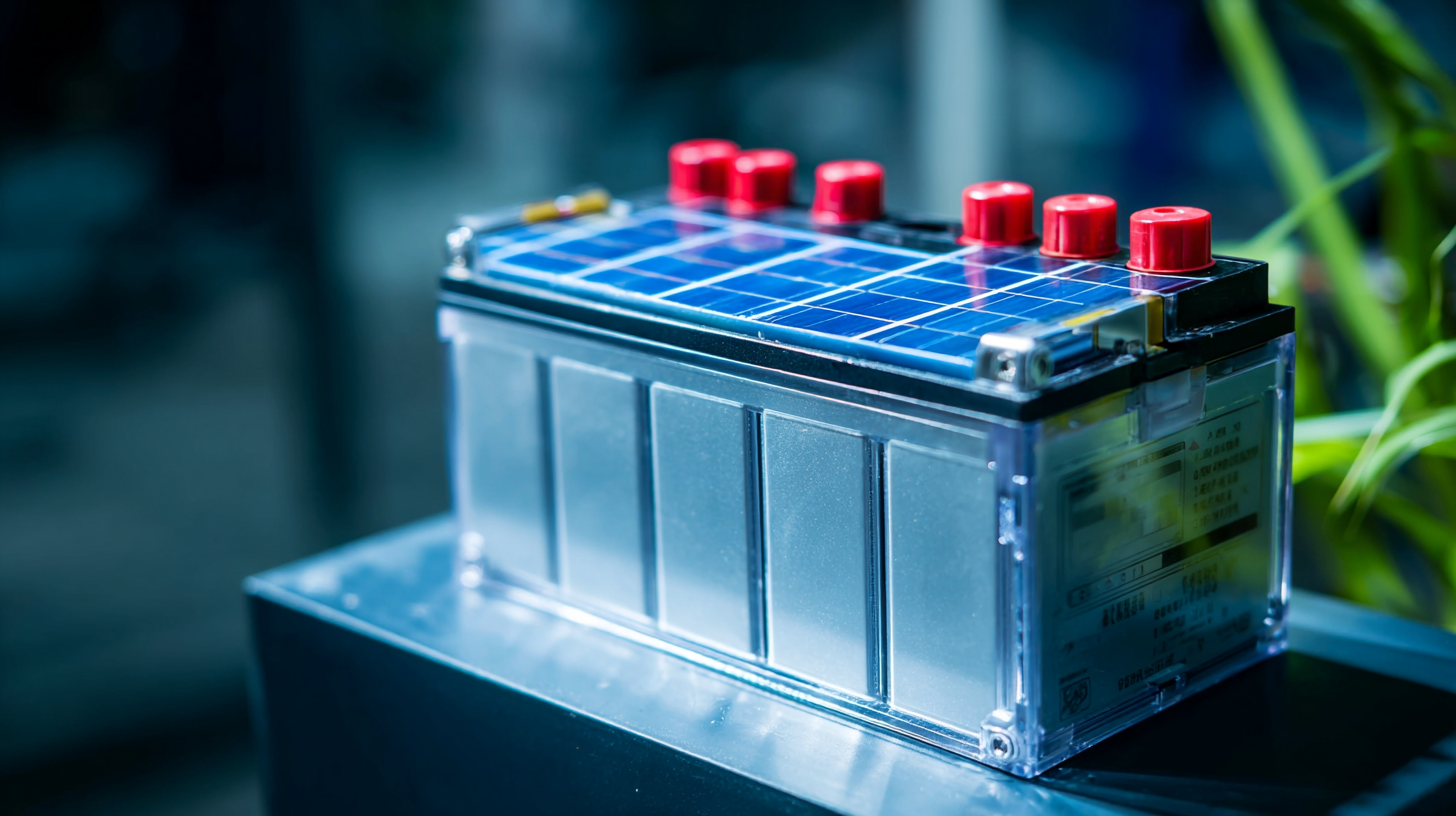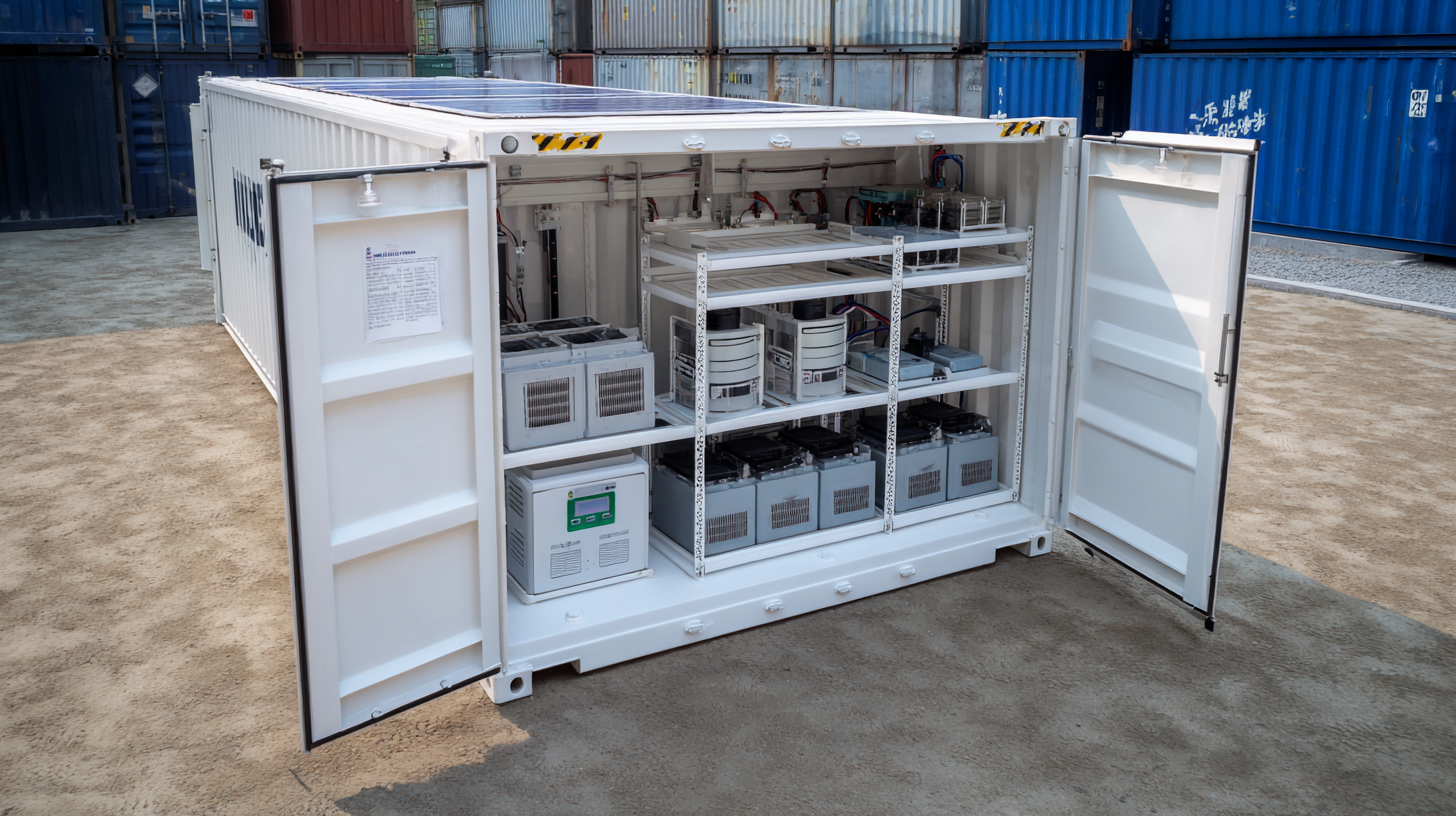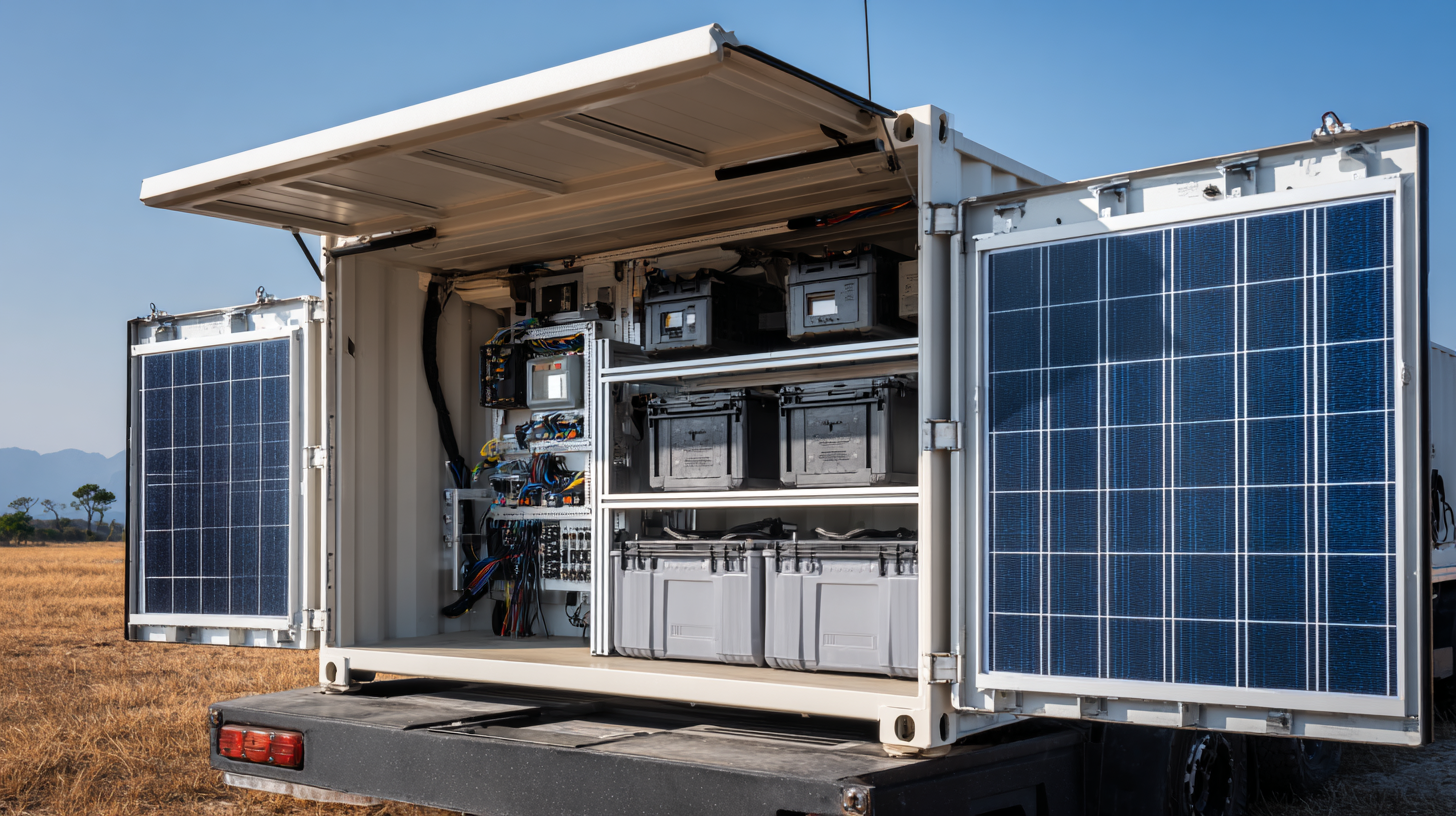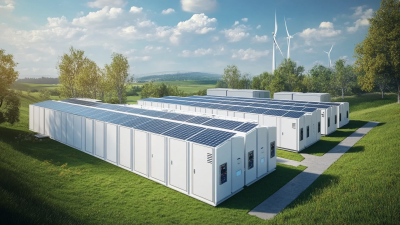As the demand for renewable energy sources continues to rise, optimizing your solar power system becomes increasingly critical. One of the essential components of this optimization is selecting the right battery for solar system applications. According to a report by the International Energy Agency (IEA), solar energy capacity has grown dramatically, with global installations exceeding 850 GW by the end of 2020, and this number only continues to climb. However, without effective energy storage solutions, homeowners and businesses cannot fully harness the potential of their solar investments.

Furthermore, the U.S. Energy Information Administration (EIA) suggests that the residential solar battery market could expand by over 40% annually, driven by technological advancements and decreasing costs. This comprehensive guide aims to explore the best battery options available to maximize your solar power system's efficiency and reliability, helping you make informed decisions in an evolving landscape.
When exploring solar battery technologies, it's essential to understand the various types and their unique features tailored for effective solar power storage. Common options include lithium-ion, lead-acid, and newer technologies that promise enhanced efficiency and sustainability. Lithium-ion batteries, known for their high energy density and longer lifespan, dominate the market, but ongoing research into alternatives may soon provide viable competitors. Recent advancements in battery technology focus on improving cost-effectiveness and environmental impact, which will significantly influence consumer choices.
As the demand for hybrid systems grows, integrating solar with technologies like bidirectional charging is becoming a reality. This allows electric vehicles to not only harvest energy from solar panels but also to return power to the home or grid as needed. Understanding these evolving technologies provides crucial insights for consumers looking to invest in solar energy systems. The adoption of innovations, such as those enhancing solar battery storage, confirms the shift toward more sustainable and efficient energy solutions, ultimately shaping the future energy landscape.
| Battery Type | Depth of Discharge (DoD) | Cycle Life | Efficiency | Typical Cost (USD) |
|---|---|---|---|---|
| Lead-Acid | 50%-70% | 500-1000 cycles | 70%-85% | 200-400 |
| Lithium-Ion | 80%-100% | 2000-5000 cycles | 90%-95% | 500-800 |
| Nickel-Cadmium | 80% | 1500-3000 cycles | 70%-80% | 300-600 |
| Flow Batteries | 100% | 3000-10000 cycles | 70%-80% | 1000-2000 |
| Sodium-Ion | 80%-100% | 2000-3000 cycles | 85%-90% | 400-700 |
When selecting a battery for your solar power system, understanding capacity and performance is crucial. Battery capacity, measured in amp-hours (Ah) or kilowatt-hours (kWh), indicates the total amount of energy the battery can store. To determine the right capacity for your needs, assess your energy consumption patterns. Consider factors such as daily power usage, peak load demands, and how often you’ll be tapping into battery reserves. For instance, if you typically draw 10 kWh per day, a battery system capable of at least 10 kWh will be essential for sufficient energy supply, especially during cloudy days or at night.
Performance goes hand-in-hand with capacity but addresses how efficiently and quickly a battery can deliver energy when needed. Look for batteries that offer a high discharge rate and good depth of discharge (DoD), allowing for more usable energy without damaging the battery’s lifespan. Lithium-ion batteries, for example, often provide superior performance with faster response times and longer cycle lives compared to lead-acid options. Evaluating both capacity and performance will empower you to make informed decisions that align with your solar energy goals, ensuring you maximize the benefits of your solar power system.

When selecting batteries for your solar power system, understanding lifespan and warranty options is crucial to ensuring long-term reliability. According to a 2022 report by the National Renewable Energy Laboratory (NREL), lithium-ion batteries typically offer a lifespan ranging from 10 to 15 years, making them a popular choice among homeowners. In comparison, lead-acid batteries usually last between 3 to 5 years. This significant difference underscores the importance of considering both lifespan and performance when investing in solar energy storage.
Furthermore, warranty options play a pivotal role in determining the longevity and reliability of battery systems. Many manufacturers offer warranties that can span from 5 to 10 years, reflecting their confidence in their products. For instance, Tesla’s Powerwall comes with a 10-year warranty, promising at least 70% capacity retention during this period. Such guarantees provide peace of mind to consumers, ensuring that they receive long-term value from their investment. Understanding these aspects can help homeowners choose the right battery, aligning their energy needs with reliable performance and manufacturer support.
When considering an investment in a solar power system, understanding the associated costs of battery energy storage systems (BESSs) is crucial. Recent studies suggest that the cost of BESSs is a significant factor in achieving net-zero energy goals. The analysis estimates that the cost gap for these systems remains considerable, especially in the context of declining prices for solar photovoltaic (PV) technologies. As renewable energy options expand, budgeting effectively for batteries will become increasingly important, particularly as we move toward 2026.

In 2025, homeowners can expect the average cost of a solar panel system to be around $30,000, though this can vary significantly based on the specific components, including the battery systems that are integrated. Utilizing tax credits and other incentives can reduce the net cost, further emphasizing the need for strategic budgeting. As the market for renewable energy continues to evolve, and with legislation like the One Big Beautiful Bill Act impacting the financial landscape, future investments in solar technologies will require careful financial planning to ensure comprehensive return on investment.
When installing a solar power system, choosing the right battery and ensuring proper installation and maintenance are crucial for maximizing efficiency. According to the National Renewable Energy Laboratory (NREL), an optimized battery system can improve the overall energy storage efficiency by up to 15%. Proper installation involves not only selecting high-quality lithium-ion or lead-acid batteries that fit your energy needs but also effectively integrating them with the solar panel system. Ensuring that the battery management system is correctly configured is essential in preventing overcharging and extending the battery lifespan.
Maintenance is equally important to enhance performance and longevity. Studies show that regular monitoring of battery voltage and temperature can lead to a significant reduction in failure rates—by approximately 30%, as reported by the Solar Energy Industries Association (SEIA). It's recommended to conduct periodic checks, including the cleaning of terminals and cables, to prevent corrosion. Additionally, maintaining optimal charging cycles ensures that batteries are neither overcharged nor deeply discharged, maintaining a health cycle that ideally keeps the battery above 50% state of charge to maximize lifespan and efficiency. Following these tips can substantially boost the reliability and overall performance of your solar power battery system.





